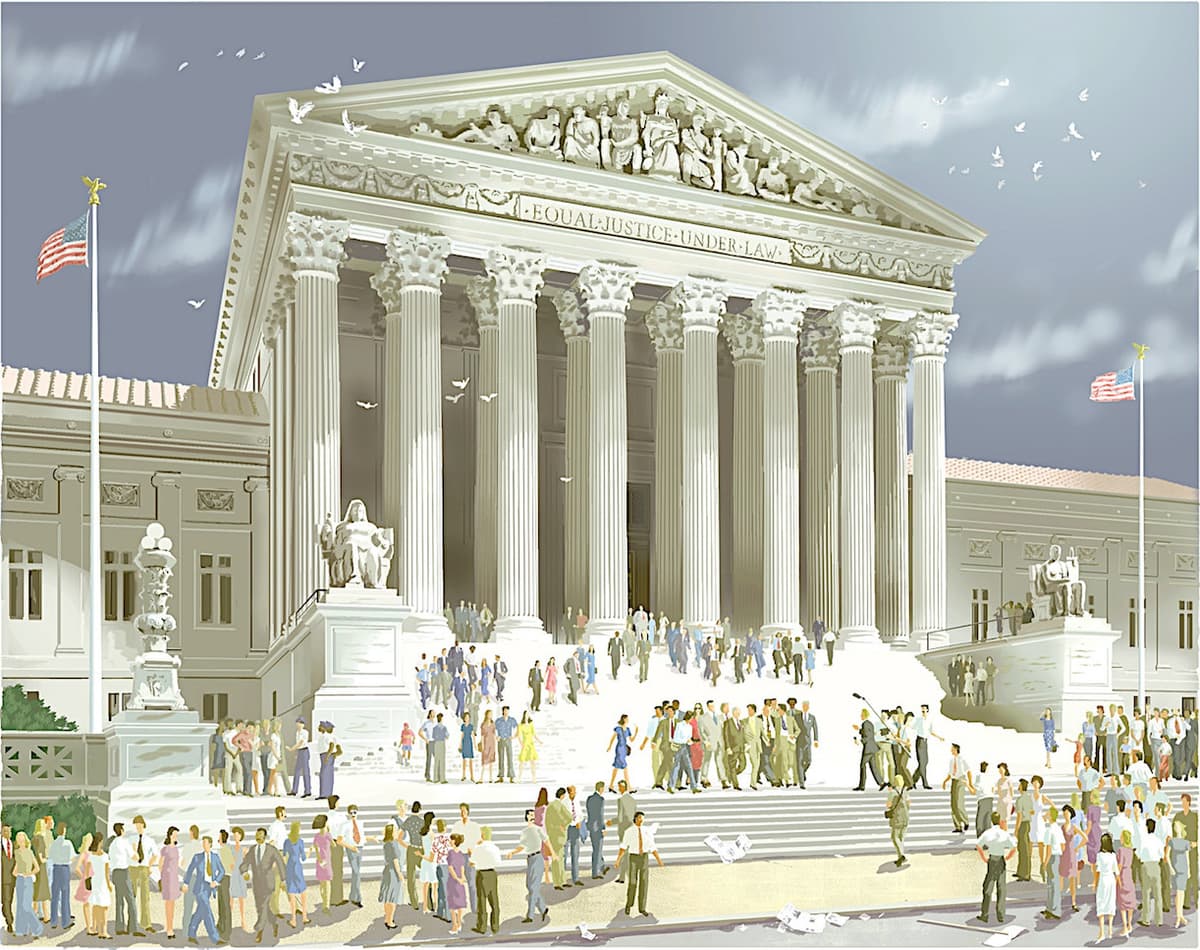No Joke: The Onion Makes Its Supreme Court Debut
Supreme Court amicus briefs are usually solemn affairs brimming with weighty questions of law. Then there is the one from the Onion.

Supreme Court amicus briefs are usually solemn affairs brimming with weighty questions of law and preoccupied with the fine points of constitutional interpretation. Then there is the latest friend-of-the-court filing from the satirical newspaper the Onion.
Please check your email.
A verification code has been sent to
Didn't get a code? Click to resend.
To continue reading, please select:
Enter your email to read for FREE
Get 1 FREE article
Join the Sun for a PENNY A DAY
$0.01/day for 60 days
Cancel anytime
100% ad free experience
Unlimited article and commenting access
Full annual dues ($120) billed after 60 days

